This post attempts to explain to shoppers how to evaluate products featured on Amazon or Temu for sustainability.
Climate change and environmental degradation are critical issues that demand immediate attention. The repercussions of these global challenges permeate every facet of our lives, affecting air quality, water resources, and the overall health of the planet. With such pressing concerns, it becomes evident that individual choices play a crucial role in shaping a sustainable future.
Every product we use in our homes can contribute to the problem or be part of the solution. Opting for sustainable products is one way to ensure that our daily actions align with the principles of eco-friendly living.
These products are designed to minimize environmental impact, promote green energy, and reduce our carbon footprint. By making mindful decisions about the items we purchase and use, we can significantly influence the health of our planet.
Understanding what sustainability is, might be the first step toward making informed choices
Sustainability refers to practices that meet current needs without compromising the ability of future generations to meet theirs.
This encompasses utilizing alternative energy sources, reducing waste, and choosing products that are produced and disposed of by minimizing ecological harm.
- Ask yourself, what is the wattage of an electrical option?
- What materials did the manufacturer use?
- What do reviewers say about the product?
- Does it break easily or can it be used for extended periods?
- Pay attention to labor laws, protests, and reports on employee rights.
- Does the product have any certifications from approved sources or watchdog groups?
- Ask yourself, from where is this product being shipped?
- Go to the product’s original website, does the company have a good reputation?
When we talk about sustainable products, we refer to items created with consideration for the environment, often through sustainable materials, ethical manufacturing processes, and reduced emissions.
The purpose of this article is to give you tips and insights on what makes a product sustainable. We want you to be able to walk away with practical advice on locating eco-friendly products for your household. We delve into various aspects of sustainable living, offering tips on identifying truly sustainable products.
Your efforts, when multiplied by thousands of others, have the power to drive profound change, ensuring a viable and vibrant world for generations to come.
15 materials for sustainable products
Sustainable products are typically made from materials that are renewable, biodegradable, recyclable, or produced through environmentally friendly processes. Here are some common materials used in sustainable products:
- Bamboo
- Why it’s sustainable: Bamboo is fast growing, requires minimal water, and doesn’t need pesticides or fertilizers. It’s biodegradable and highly versatile, used in everything from flooring to kitchenware.
- Recycled materials
- Why it’s sustainable: Products made from recycled plastic, metal, glass, or paper reduce the need for virgin resources and divert waste from landfills, lowering environmental impact.
- Organic cotton
- Why it’s sustainable: Grown without synthetic pesticides or fertilizers, organic cotton reduces soil and water contamination and is biodegradable. It’s commonly used in clothing, bedding, and towels.
- Hemp
- Why it’s sustainable: Hemp is a fast-growing plant that requires little water and no pesticides. It’s used in textiles, paper, and building materials. It is durable and biodegradable.
- Cork
- Why it’s sustainable: Harvested from the bark of cork oak trees, cork is renewable and biodegradable. The trees are not cut down to harvest cork, this means, the tree will continue to grow after harvesting.
- Reclaimed wood
- Why it’s sustainable: Reclaimed wood repurposes old wood from buildings, furniture, or other structures, reducing the need for new logging and preserving forests. It’s often used in furniture and flooring.
- Biodegradable plastics made from natural materials
- Why it’s sustainable: Made from natural materials like cornstarch or sugarcane, biodegradable plastics break down more easily in the environment when compared to traditional petroleum-based plastics.
- Jute
- Why it’s sustainable: Jute is a fast-growing, low-impact crop that requires little water or pesticides. It’s biodegradable and is used in products like bags, rugs, and packaging.
- Wool
- Why it’s sustainable: Wool is a natural, renewable fiber that’s biodegradable and durable. It’s often used in textiles, insulation, and carpeting.
- Natural rubber
- Why it’s sustainable: Sourced from the sap of rubber trees, natural rubber is renewable and biodegradable. It is used in products like footwear, mats, and tires.
- Linoleum
- Why it’s sustainable: Made from natural materials like linseed oil, cork dust, and wood flour, linoleum is biodegradable and a sustainable alternative to vinyl flooring.
- Recycled or upcycled fabrics
- Why it’s sustainable: Fabrics made from recycled fibers (like PET plastic bottles) or upcycled textiles reduce waste and minimize the need for new raw materials.
- Glass
- Why it’s sustainable: Glass is fully recyclable, durable, and non-toxic. It’s often used in packaging, kitchenware, and home decor.
- Aluminum
- Why it’s sustainable: Aluminum is highly recyclable and can be reused indefinitely without losing quality. It’s commonly used in packaging, appliances, and building materials.
- Tencel (Lyocell)
- Why it’s sustainable: Tencel is made from sustainably sourced wood pulp and produced in a closed-loop process that recycles water and solvents. It’s biodegradable and used in textiles.
Sustainable products are designed and manufactured to reduce environmental damage and enhance social responsibilities
The core principle behind sustainability is to use practices that do not deplete resources or harm the ecological balance, ensuring that future generations can meet their needs just as effectively as the present generation.
Several factors must be considered, each contributing to a product’s sustainability.
The sourcing of materials is a crucial aspect. Sustainable products often use renewable, responsibly sourced, or recycled materials. For instance, plants like bamboo and hemp are popular renewable resources because they are fast-growing and require minimal pesticides. Using recycled materials, like plastics or metals, reduces the need for virgin resources and lowers the overall eco-footprint.
Manufacturing processes also determine a product’s sustainability.
Eco-friendly manufacturing reduces waste, energy consumption, and emissions. For example, companies might use green energy sources such as wind or solar power to reduce their carbon footprint. This shift to alternative energy preserves natural resources and diminishes pollutants released into the environment.
The longevity and durability of a product are equally important. Sustainable products are designed to last longer, reducing replacement frequency and thus conserving resources.
Consider the life cycle of a product
This attribute is closely tied to recyclability—products designed with end-of-life in mind can be dismantled and repurposed, minimizing landfill waste.
Social responsibility is another critical factor, encompassing fair labor practices, safe working conditions, and ethical business practices. Companies committed to sustainability often ensure that all stakeholders, from workers to consumers, are treated justly and fairly.
The impact of these combined factors on the environment is significant. By choosing sustainable products, consumers can contribute to preserving natural ecosystems, reducing waste, and promoting ethical practices. These choices help mitigate the adverse effects of overconsumption and pollution, making a meaningful difference in the health of our planet.
Criteria for evaluating sustainable products
Understanding the criteria for evaluating sustainable products is crucial for making informed purchasing decisions that are both environmentally friendly and socially responsible.
Products should be produced using green energy sources, such as solar or wind power, and adhere to energy-saving practices throughout their production cycle. Manufacturing processes that minimize energy consumption contribute to reducing the overall carbon footprint, making the product more eco-friendly.
Fair labor practices are a vital component of sustainability
Products made under ethical working conditions, providing fair wages and safe working environments for laborers, not only enhance social equity but also ensure that the production processes are sustainable from a human rights perspective.
Global Goals neatly details the 17 global Sustainability Development Goals (SDGs) in the image below. Here’s the link to their website to read more.
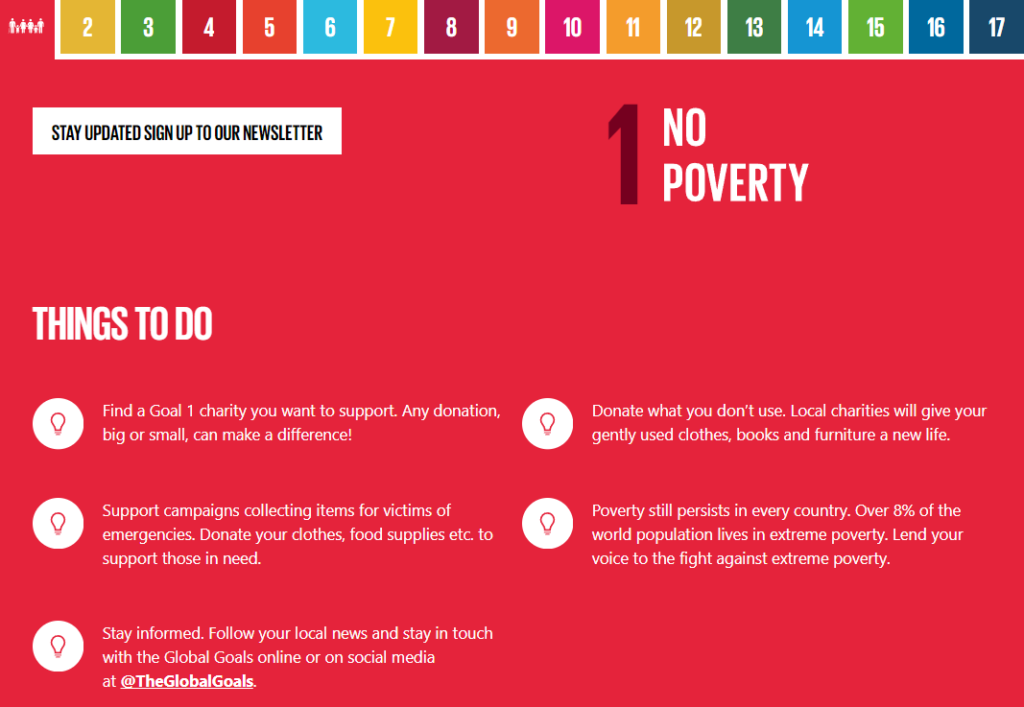
If you see that a product you want to buy can be easily disassembled and recycled at its end of life, then that’s a good product. Materials that are continuously reused rather than discarded are excellent options for a sustainable retail market. This practice not only conserves resources but also minimizes landfill use.
Pay attention to:
- Material sourcing.
- Energy-efficient manufacturing policies.
- Fair labor practices.
- Product durability.
- Reuse, tear down, and recyclability.
Top budget-friendly sustainable products from two unexpecting sources: Temu and Amazon
We know Amazon and Temu are shopping sites that will live the test of time. And so, rather than discourage you from shopping on these sites, we want to help you make smarter purchases.
Featured below, we spotlight various sustainable products from Temu and Amazon, organized by room. You will see images from these product pages that made the item featured. Refer to this list above as a guide on how to do this yourself.
Kitchen items made from bamboo
A bamboo wrap organizer with cutter and labels.
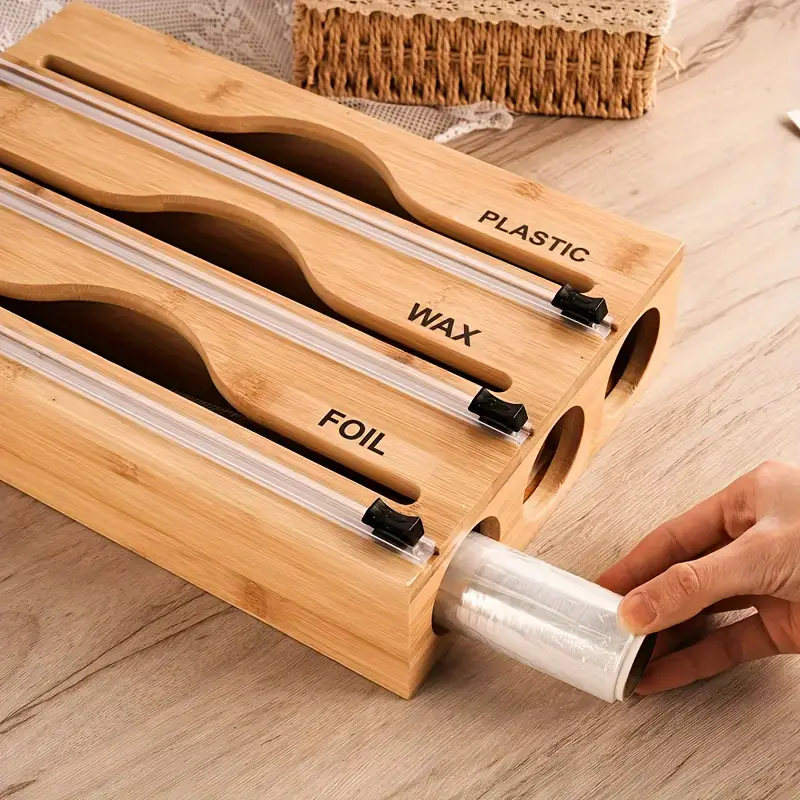
Bamboo paper towels for wet and dry surfaces to clean up spills and counters. They act like paper towels that you can reuse over and over again.

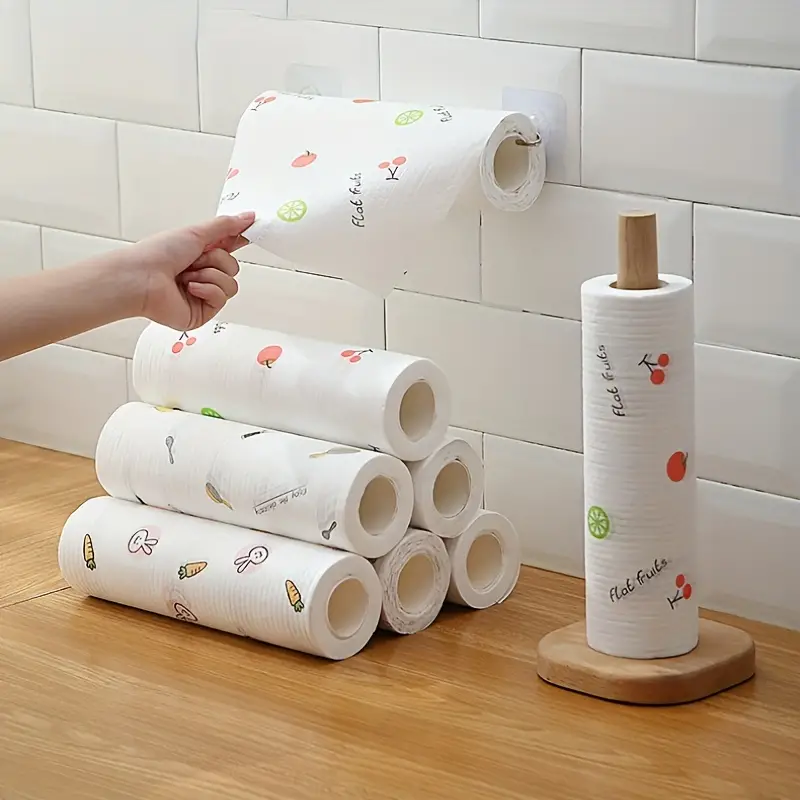
Bamboo charcoal dishcloths that are super absorbent and act as washing pads. This product can be washed over and over again making it highly reusable.
Check out this handmade bamboo woven storage basket. It’s a great way to protect your food living on a countershelf.
Remember, bamboo is an eco-friendly and fast-growing plant. If you’re thinking about pandas when looking at bamboo products, remember:
- There exist over 1,000 species of bamboo and pandas typically eat 20 of them.
- Pandas primarily enjoy eating arrow bamboo, black bamboo, and water bamboo.
- They prefer bamboo roots, shoots, and leaves, especially shoots.
Halloween is coming up. Let’s look at home decor.
Plant terrarium, 3-bulb vase, with a wooden stand.
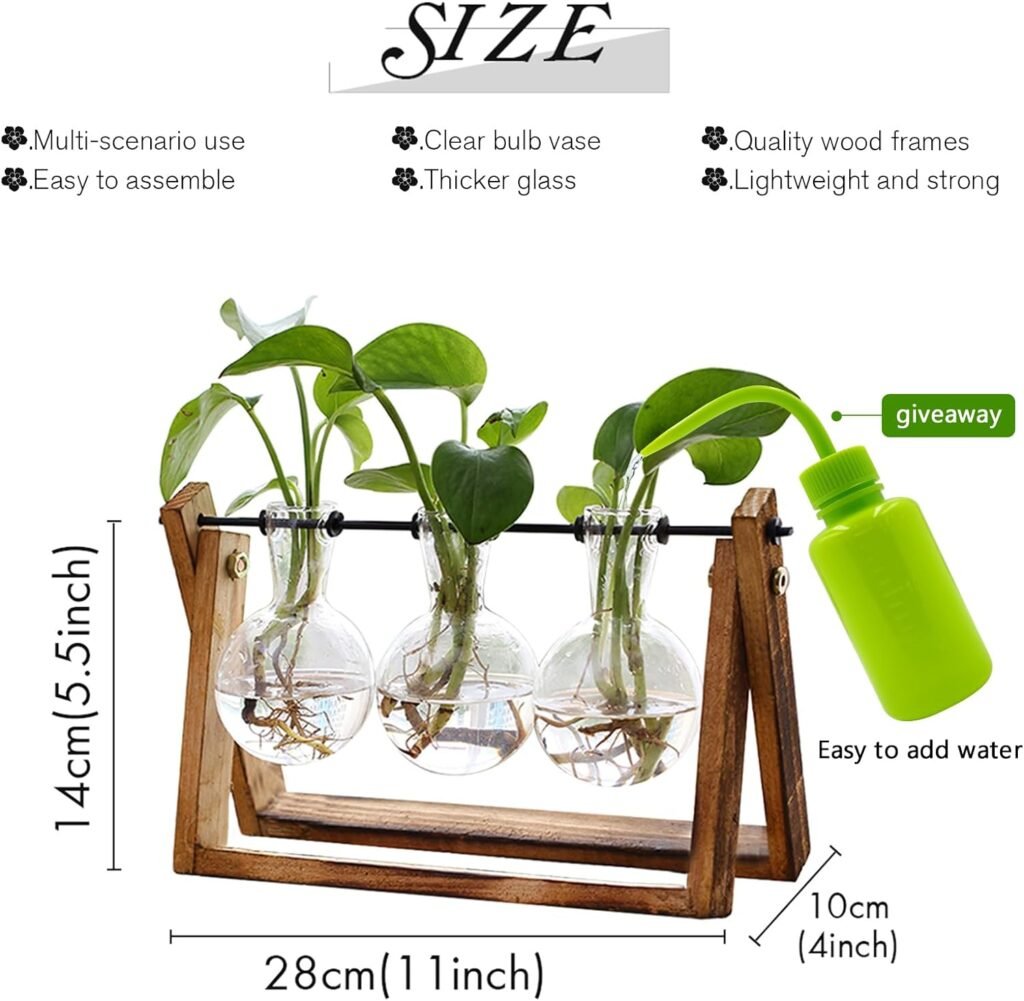
Govee outdoor spotlights are IP65 waterproof uplights great for the approaching holiday season and Halloween decorations. These lights are 24V low voltage wired landscape lighting and made with aluminum.

I highlighted the section on this next product for you. It’s made with natural wood, meaning, the product won’t deteriorate easily. You can set this decoration up each year and use it repeatedly.
It’s a Thanksgiving Day tiered tray for decor items.
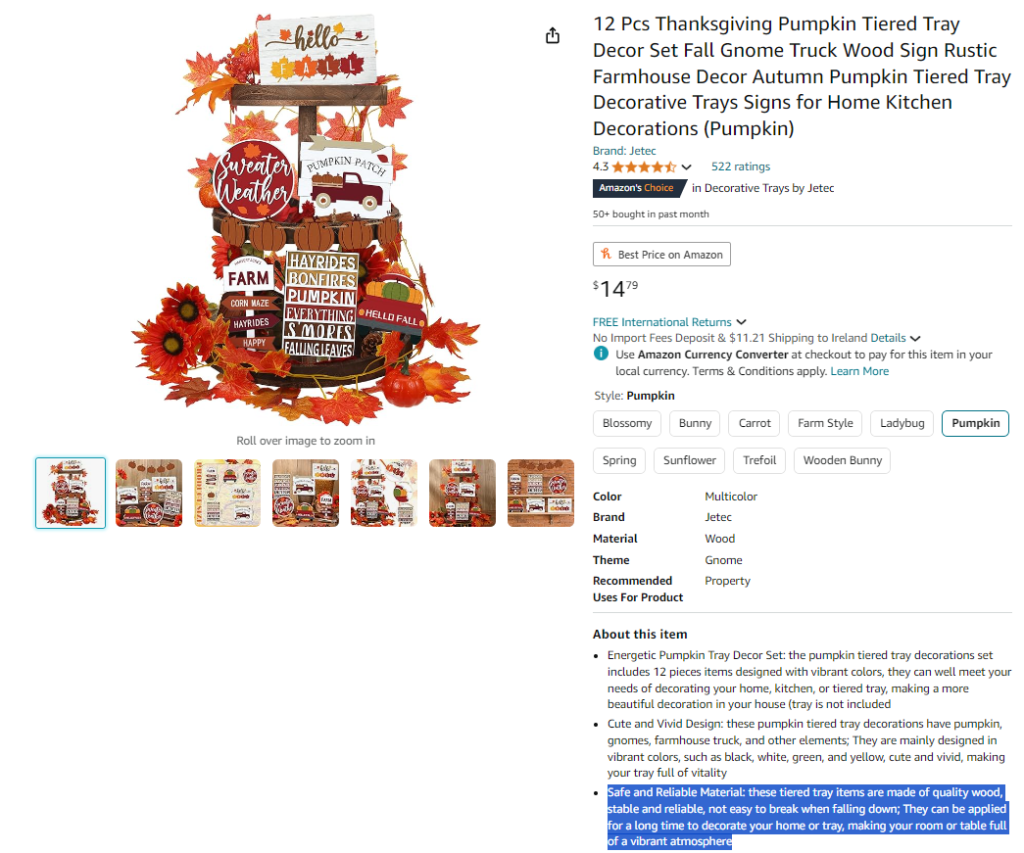
Another decoration idea is the Chakra Tree of Life. It’s a crystal tree to heal and promote positive energy.
The specifications on this item show me it’s well-rated, client testimonials are a good sign of a reliable product, and the materials are all-natural. I don’t see anything synthetic in the description.
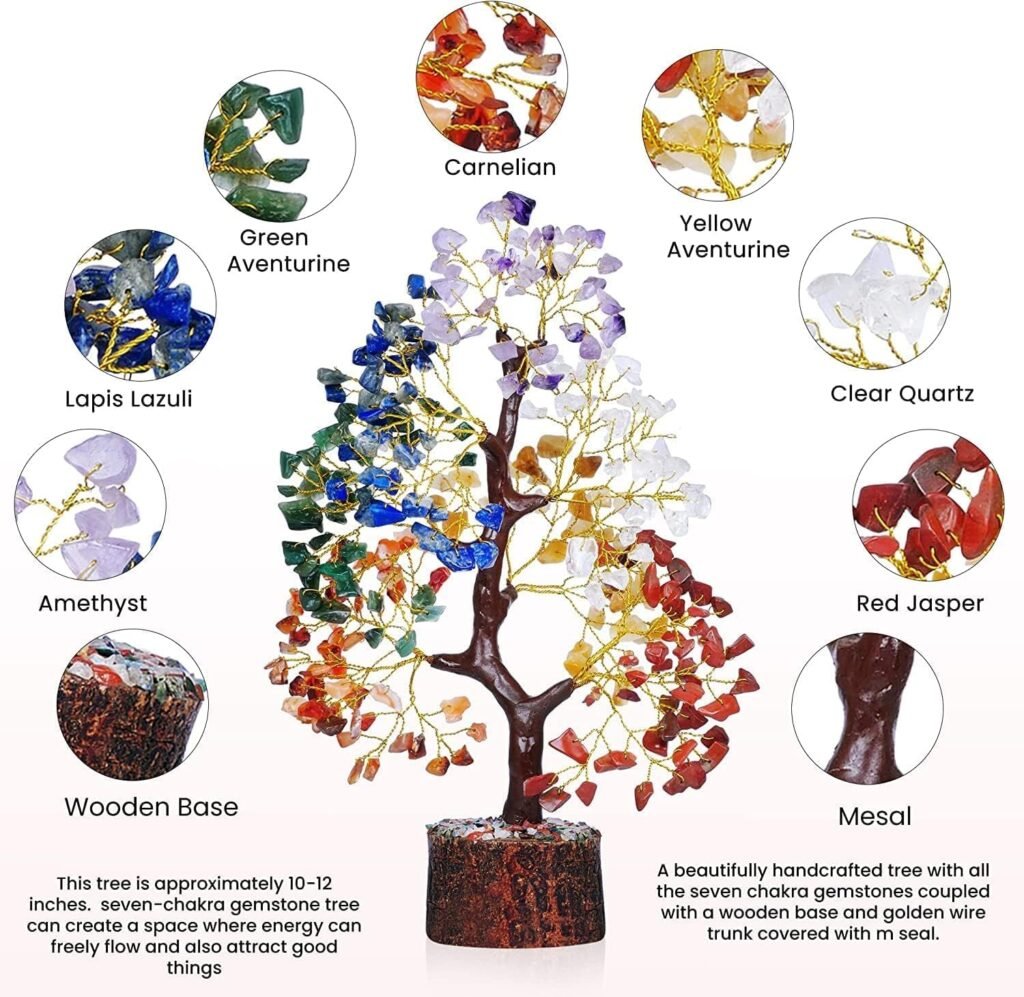

Now it’s your turn. Look back through this list of suggestions. Investigate intelligently. Begin your search terms with the word “sustainable.” Be wary of green-washing, where the printed materials are hues of green, leaves are featured on the packaging, and words like eco-friendly are printed largely… these symbols are good and fair, but, they can be used unethically by large companies looking to check a box and say they’re compliant.
Case Study: Industries taking advantage of ODM manufacturing by Diversitech
Original Design Manufacturing (ODM) refers to manufacturing being outsourced to an external factory or production facility because the client doesn’t always have enough technical know-how or tools to build their product.
ODMs then produce a client’s products and make them available to clients, with some tweaking eg. packaging, under a private label or white label deal. This action avoids the need for a company to invest in its consumer branding or marketing.
Original Equipment Manufacturers (OEM) follow the instructions and specifications given by the big brand company or the large retailer ordering a production.
Companies will frequently employ ODMs to swiftly get a concept to market while saving money on R&D (Research And Development). Companies might also hire an ODM because they identify potential in the product range of the ODM and decide to contact the ODM to brand, market, and sell the products.
Final tips for identifying genuine eco-friendly products
In an era where ‘greenwashing’ has become increasingly prevalent, consumers must discern genuinely, sustainable products from those that merely claim to be eco-friendly. To make informed choices, specific certifications, and labels can serve as reliable indicators of a product’s environmental impact and sustainability.
Certifications such as Energy Star, Fair Trade, and organic labels are good signals.
The Energy Star label, common on household appliances and electronics, indicates that a product meets stringent energy efficiency standards set by the U.S. Environmental Protection Agency (EPA). For consumables like coffee, chocolate, and textiles, the Fair Trade certification ensures fair labor practices and sustainable farming. Organic certifications, governed by organizations such as the USDA, verify that products are produced without synthetic pesticides or genetically modified organisms (GMOs), thus promoting environmental health and consumer safety.
In addition to certifications, researching brand practices can provide insights into their sustainability efforts. Reputable brands often maintain transparency by openly sharing their sourcing, manufacturing processes, and environmental impacts.
Look for brands that publish sustainability reports detailing their sustainable practices. These reports often cover discussions such as their eco-footprint, carbon footprint reductions, and their use of green energy sources.
Happy shopping. Now, go and be smart with your money, be responsible, and make conscientious purchases.
